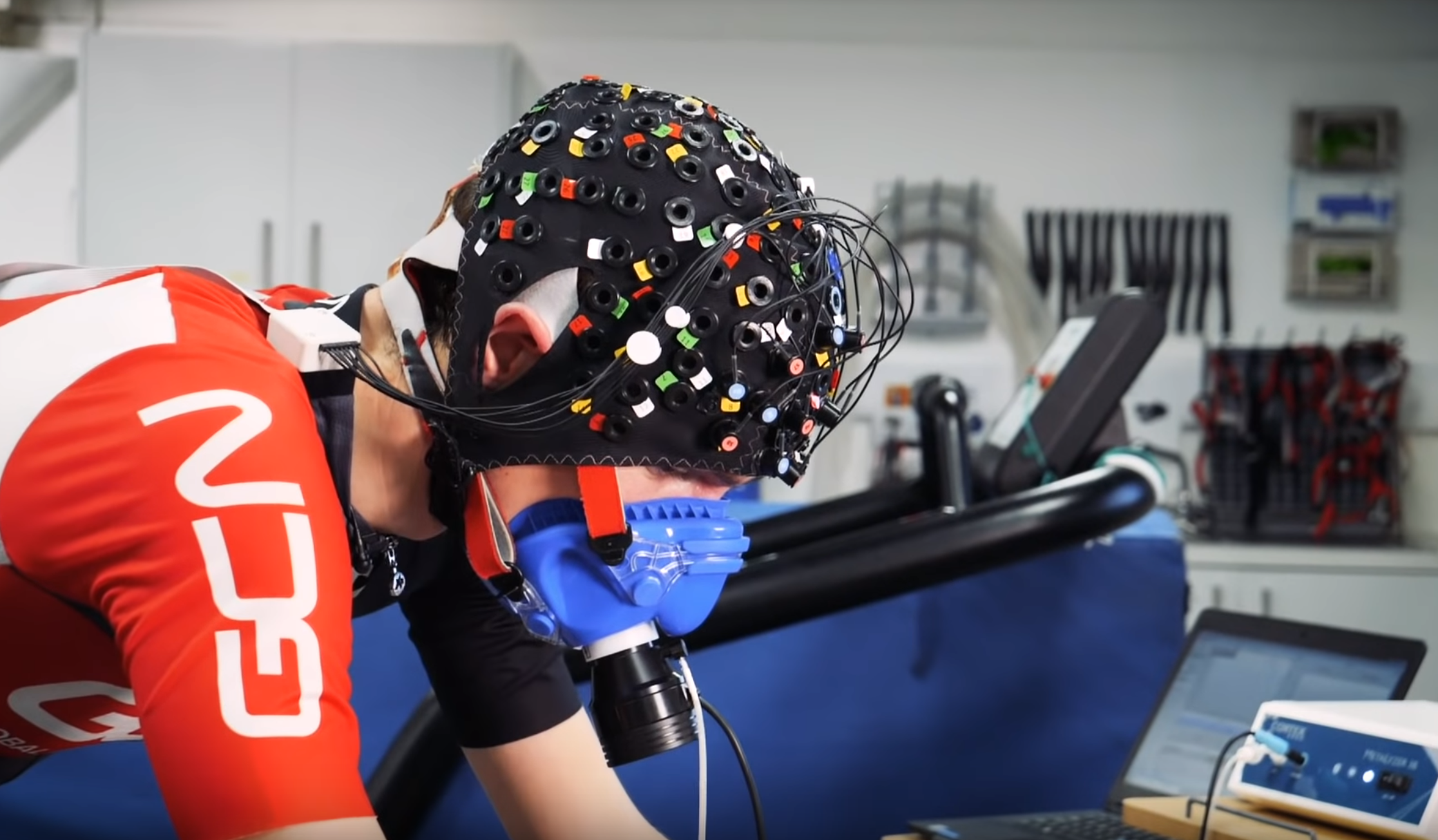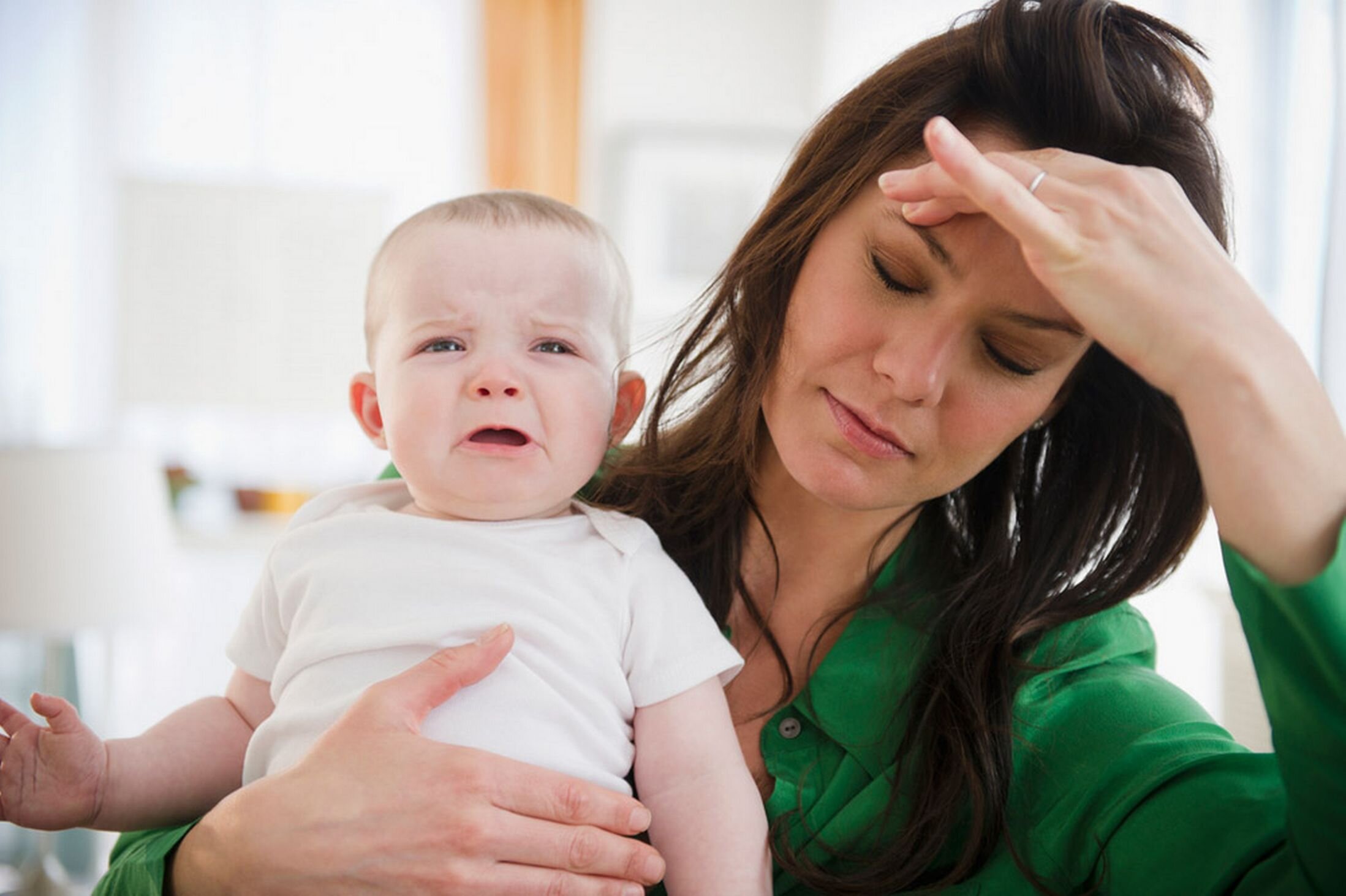Hyperscanning using fNIRS is a technique that is set to revolutionize social neuroscience in humans. The full mobility of new acquisition devices (like NIRSport1 since 2012 and NIRSport2 2018) allows for experiments which are much more ecologically relevant than those conducted in the past, while recording data from multiple participants at the same time facilitates the portrayal of more delicate, and more accurate, neurophysiological phenomena.
One such study which was recently conducted used mother and child dyads as its participants and measured the brain-to-brain synchrony of these pairs. Specifically, the study asked what the effect of parenting stress (coming from the mother) was, on the ability of the two to entrain to the same brain rhythm [1]. The experiment was conducted on 31 mothers with an average age of 35, and their children, which were a mixture of girls and boys, had an average age of 3.5 years.
The mothers were asked to fill in some questionnaires which allowed the experimenters to get an estimate of the perceived parenting stress that a mother had around parenting. fNIRS was then recorded from the prefrontal cortex of both the mother and the child while the two watched a series of short cartoon movie excerpts.
The group showed a statistically significant correlation between the parenting stress index score of the mother and the brain-to-brain synchrony of mother and child, as that was estimated using a cluster of channels which covered areas including the Inferior frontal Gyrus (IFG), the frontal eye field (FEF) and the dorsolateral PFC. While the findings of the study are not unprecedented, the authors were the first to trace the effects of this stress to specific neurological areas.
Since brain-to-brain synchrony of mother and child is closely tied to the emotional development of the child, this study underlines the importance of good mental health of the parenting mother. The implications of this are profound when we consider that in a lot of developed countries many mothers are forced to return to work, part-time or full-time, within a year of the birth of their baby, in order to support the family.
On the other hand, women who take longer maternity breaks (e.g.: more than 2 years) may have a hard time getting back into employment and climbing the career ladder. This not only increases stress in the life of these mothers but also contributes to the gender pay gap. To talk numbers, in Germany of 2015 only 25% of women with a child of two years of age had returned to full-time or near full-time employment [2]. This figure is up from 15% in 2006 and this is thought to be at least partly due to benefits like the ‘parental allowance’ which is widely accepted to have had a big positive impact on family planning [2]. It is clear however that more needs be done in order to give fathers more paternity leave or encourage them to take it. Equalizing the amount of time that the two parents spend working, as well as the time spent with their child, is bound to reduce stress for all family members.
References
1) Azhari, A., Leck, W. Q., Gabrieli, G., Bizzego, A., Rigo, P., Setoh, P., … Esposito, G. (2019). Parenting Stress Undermines Mother-Child Brain-to-Brain Synchrony: A Hyperscanning Study. Scientific Reports, 9(1). https://doi.org/10.1038/s41598-019-47810-4
2) Federal Ministry of Germany for Family Affairs, Senior Citizens, Women and Youth. n.d. "Family Report 2017: Benefits, Effects, Trends." Chapter 4: Equal Sharing of Responsibility for Work and Family Life: Wishful Thinking and Reality. https://www.bmfsfj.de/blob/123200/c5eed9e4f3242f9cfe95ee76ffd90fa6/familienreport-2017-englisch-data.pdf




